
Question and Answers Forum
Question Number 184135 by ajfour last updated on 03/Jan/23
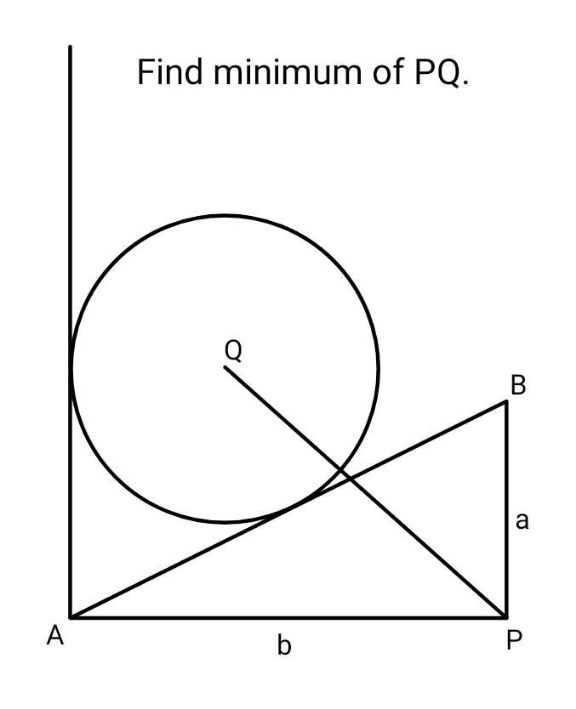
Commented by mr W last updated on 03/Jan/23

Answered by ajfour last updated on 03/Jan/23
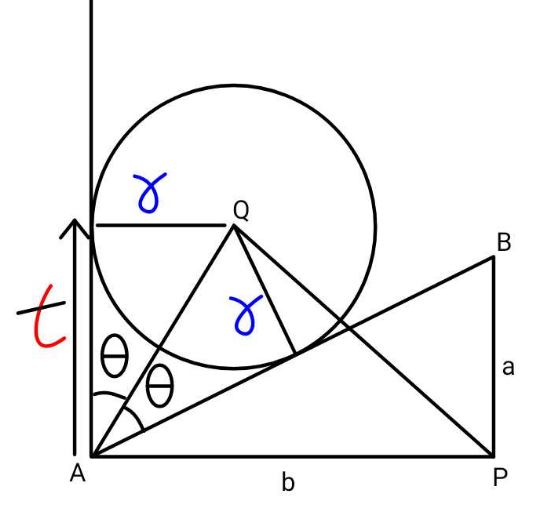
Commented by ajfour last updated on 03/Jan/23
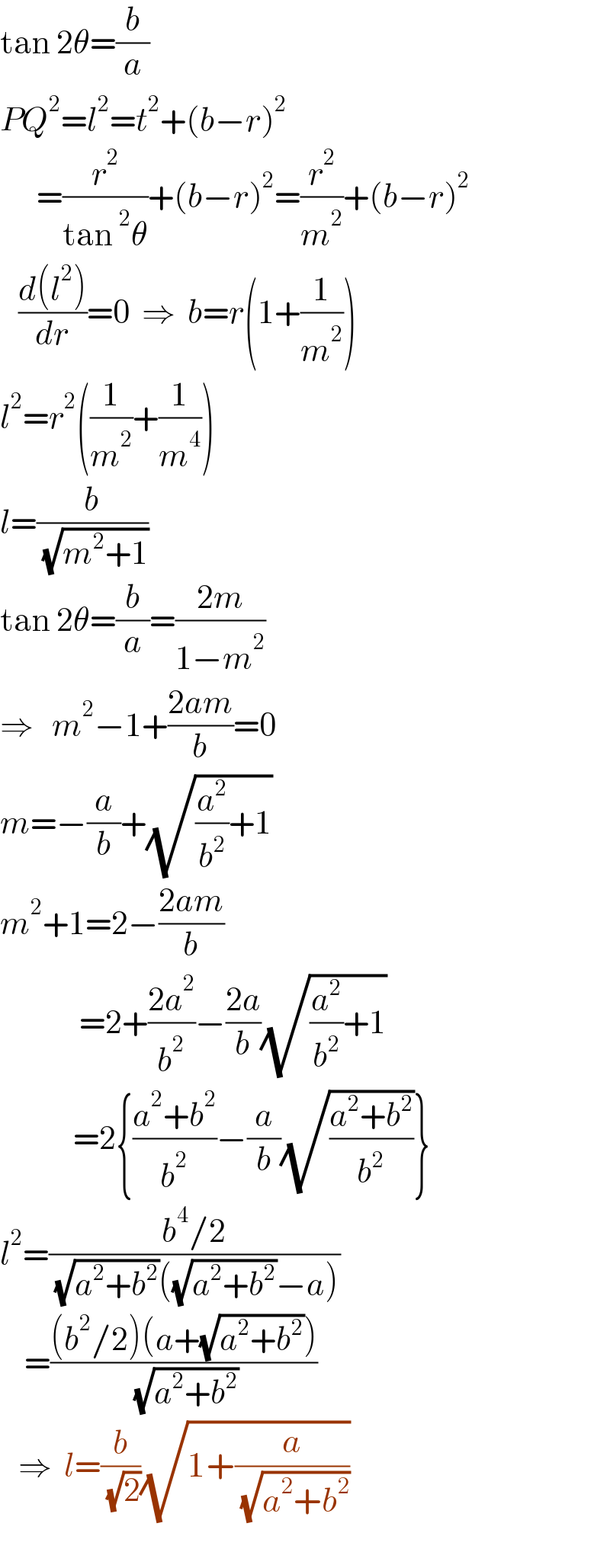
Commented by ajfour last updated on 03/Jan/23

Commented by mr W last updated on 03/Jan/23

Answered by mr W last updated on 03/Jan/23
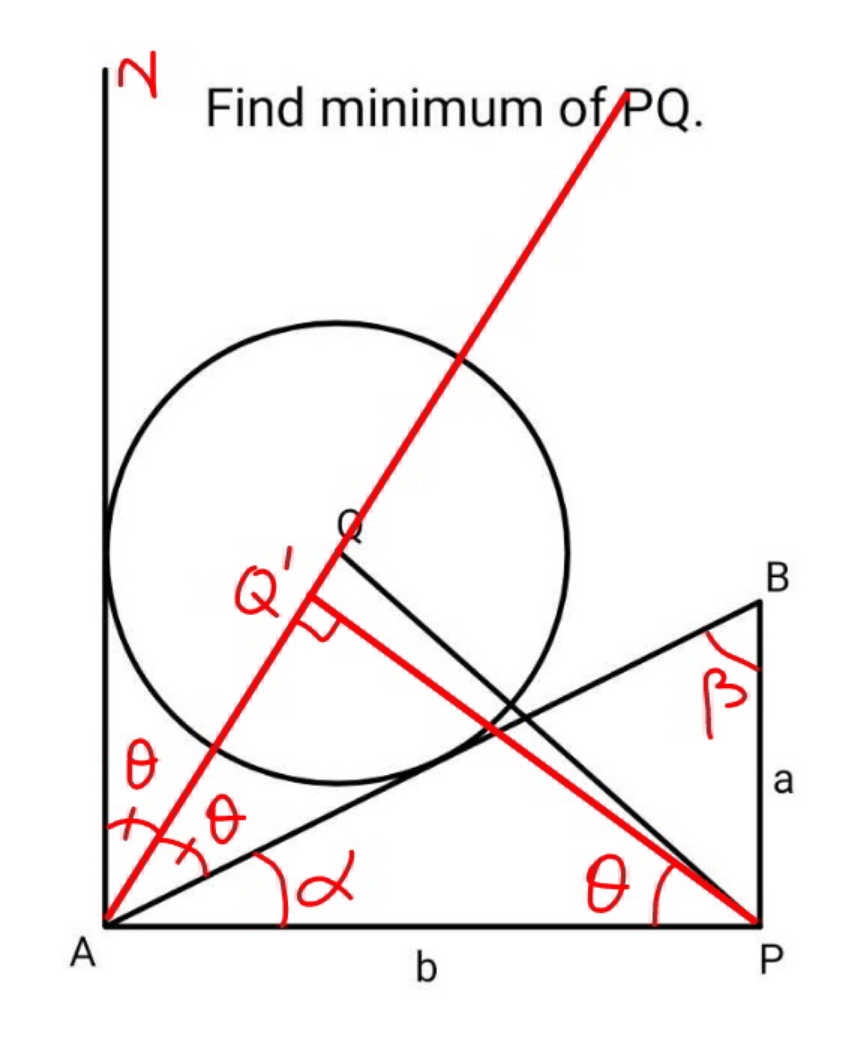
Commented by mr W last updated on 04/Jan/23
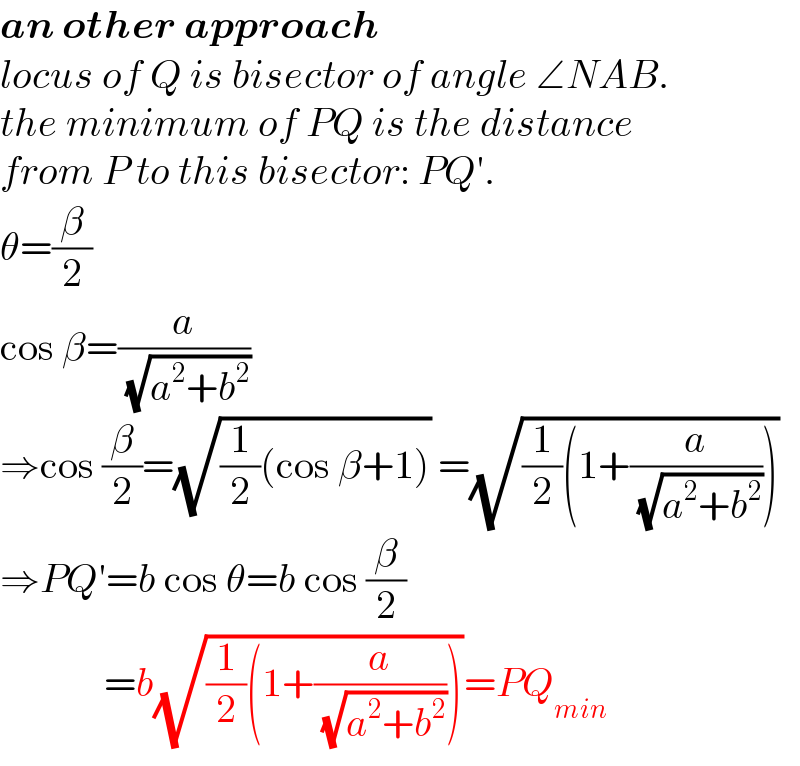
Commented by ajfour last updated on 04/Jan/23

